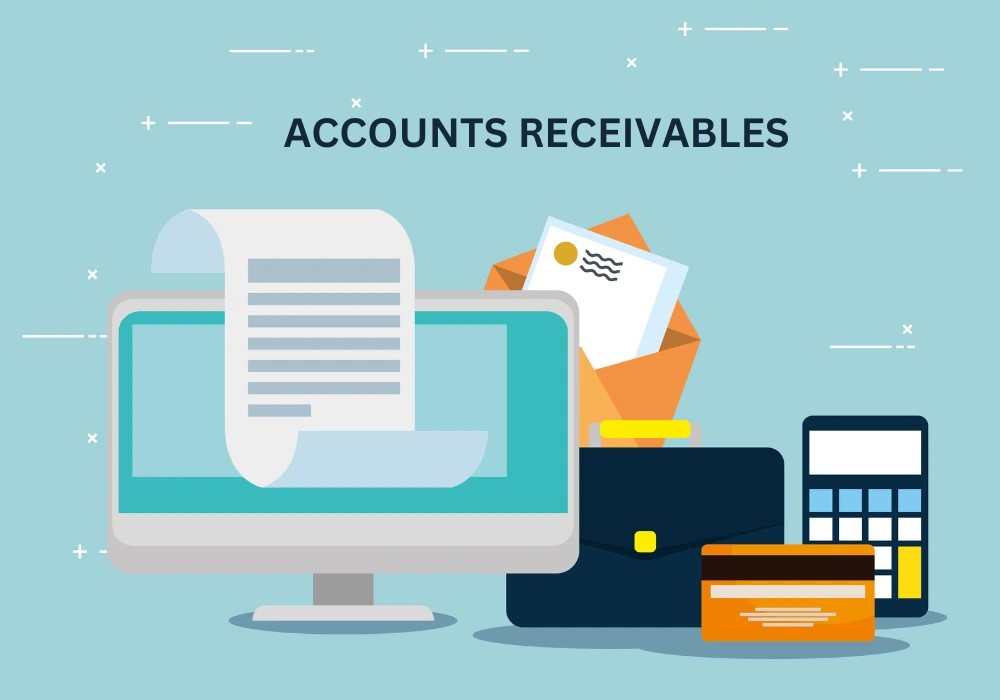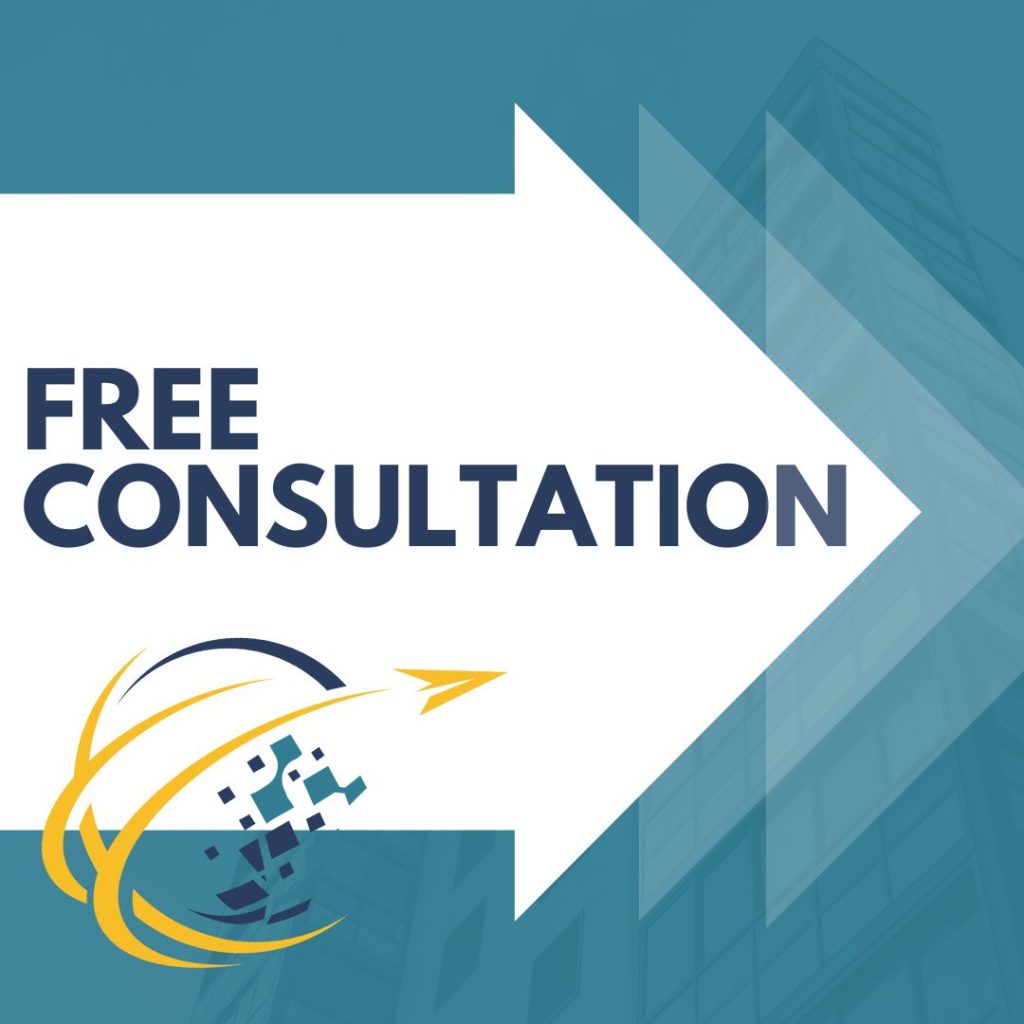Effectively managing cash flow is critical to any business’s success, and one key element of this process is collecting outstanding receivables. When customers delay or fail to pay invoices, it can strain a business’s financial health, impacting everything from daily operations to long-term planning. Below, we’ll provide essential tips for collecting outstanding receivables that help improve your company’s financial standing while maintaining positive customer relationships.
Why Efficient Receivables Collection Matters
Collecting outstanding receivables promptly is essential for sustaining a healthy cash flow. Late payments can delay necessary expenditures, hinder growth opportunities, and even increase reliance on credit, leading to additional costs. Therefore, having an effective strategy for managing overdue payments can significantly improve your financial position and reduce the stress associated with cash flow issues.
Inconsistent or ineffective receivables collection can have ripple effects throughout the organization. From delayed payments to suppliers to issues meeting payroll, the impact of unpaid invoices can be profound. Timely collection of receivables ensures businesses can operate smoothly without the need to tap into emergency funds or borrow capital unnecessarily.
Setting Clear Payment Terms
One of the most important tips for collecting outstanding receivables is establishing clear payment terms from the start. By providing your customers with detailed information regarding payment deadlines, acceptable payment methods, and consequences for late payments, you set the foundation for effective collections. Make sure your payment terms are visible on invoices and that customers are aware of them when they sign contracts or agreements.
Customers are more likely to adhere to payment schedules when they understand the terms clearly. In addition to outlining deadlines, consider offering early payment discounts to incentivize quicker settlements. At the same time, charging late fees can motivate customers to avoid falling behind on their payments.
Maintaining Consistent Communication
Regular and proactive communication with customers is another vital tip for collecting outstanding receivables. Keeping lines of communication open helps prevent misunderstandings and ensures that customers are reminded of upcoming or past-due payments. Automated payment reminders can be helpful, but personalized follow-up messages are even more effective in building a positive rapport with clients.
If a payment is overdue, reaching out immediately is crucial. By sending a friendly reminder before the due date, you can often prevent accounts from becoming delinquent. If the account is already past due, escalating communication—while maintaining a professional tone—is necessary. Your objective is to encourage payment while keeping the customer relationship intact.
When communicating with customers, emphasize solutions. Offer flexible payment plans or alternative methods to settle the debt. Often, customers may be facing temporary financial challenges, and offering them options can lead to faster payments while preserving goodwill.
Leveraging Technology for Collections
One of the most impactful tips for collecting outstanding receivables is using technology to streamline the process. Accounting software can help businesses track unpaid invoices, send automated reminders, and generate detailed reports on aging receivables. By automating routine tasks, businesses can focus their efforts on more complex cases that require personalized attention.
Many businesses now use customer relationship management (CRM) software that integrates with their invoicing systems to provide a comprehensive view of each client’s payment history. With real-time insights, businesses can prioritize collections efforts, focusing on accounts with the highest risk of non-payment. This strategic approach improves the efficiency of your receivables collection process.
Additionally, offering customers the option to pay online or through automated systems can help speed up payments. Simplifying the payment process reduces friction, making it easier for customers to settle invoices without delays. Digital payment systems also provide instant confirmation of transactions, further reducing the chances of payment disputes.
Implementing a Structured Collection Process
Having a structured process for handling overdue payments is another crucial tip for collecting outstanding receivables. A standardized approach ensures consistency in how you address delinquent accounts, reducing confusion and improving your overall collection rates. Your process should include steps for sending initial reminders, escalating overdue notices, and eventually involving collections agencies if necessary.
Timing is critical in a structured collection process. Sending out reminders at regular intervals, such as seven, 14, and 30 days after the due date, can keep the payment top of mind for the customer. If your internal efforts are unsuccessful, setting a clear timeline for involving a third-party collections agency ensures that the outstanding receivables don’t linger indefinitely.
While outsourcing to a collections agency may seem like a last resort, it can be a useful tool for recovering particularly challenging debts. Agencies have specialized skills in recovering unpaid debts while remaining compliant with legal requirements. However, this step should be considered carefully, as it may impact your relationship with the customer.
Maintaining a Positive Customer Relationship
Another key aspect of collecting outstanding receivables is maintaining a positive relationship with your customers. Even when payments are late, it’s important to approach the situation with a solution-oriented mindset. A confrontational approach can damage long-term relationships and result in losing future business.
Instead, focus on collaboration and understanding. For example, you could offer payment extensions or flexible installment plans. Customers are more likely to cooperate if they feel you are working with them rather than against them. At the same time, it’s important to assert your rights as a creditor and maintain professionalism throughout the collection process.
By balancing firmness with flexibility, businesses can recover outstanding receivables while preserving important customer relationships. This not only improves short-term cash flow but also strengthens customer loyalty over the long term.
Monitoring and Reviewing Collection Practices
To optimize your receivables collection efforts, regularly reviewing and monitoring your process is essential. Analyzing data from your receivables reports can highlight trends, such as which customers consistently pay late or which payment methods are most effective. By understanding these patterns, businesses can adjust their approach to collections and better anticipate potential issues.
Moreover, reviewing your collection practices allows you to identify areas where improvements can be made. If certain reminders are less effective or if certain customers are continuously delinquent, modifying your strategy can lead to better outcomes. Continually refining your approach to collections helps businesses stay on top of outstanding receivables and improves cash flow management.
The Importance of Effective Receivables Collection
Developing an effective strategy for collecting outstanding receivables is vital for maintaining strong cash flow and overall business health. By implementing clear payment terms, leveraging technology, and maintaining positive customer relationships, businesses can reduce the risk of unpaid invoices and accelerate collections. Additionally, by regularly reviewing their receivables processes, businesses can continuously improve their approach and stay ahead of potential issues. By following these tips for collecting outstanding receivables, companies can protect their financial stability and maintain a healthy relationship with their customers.


